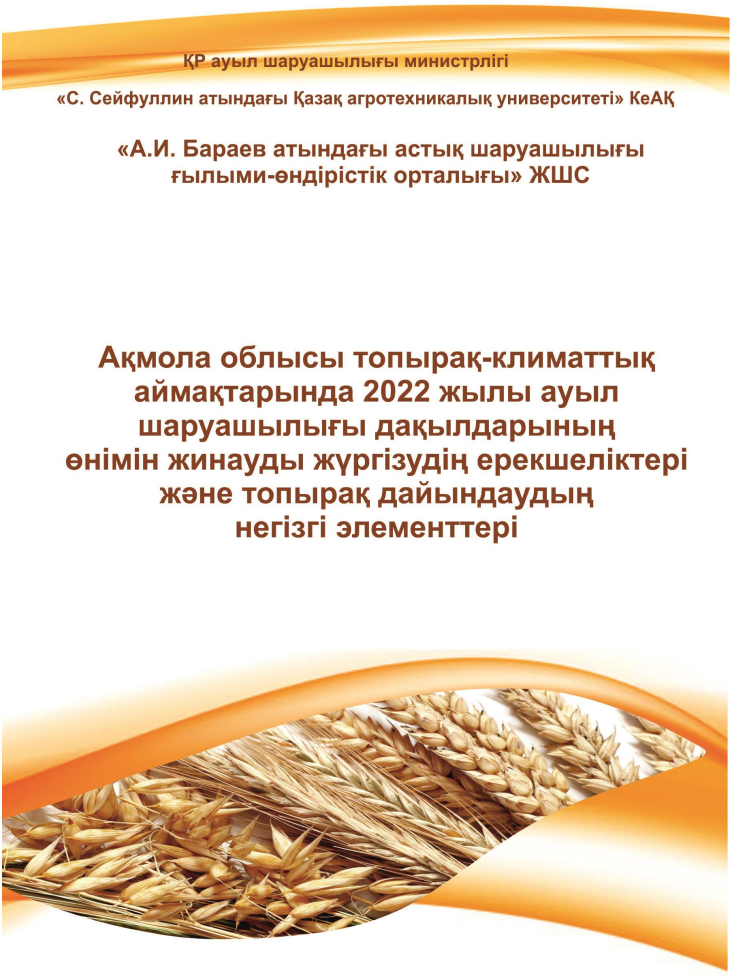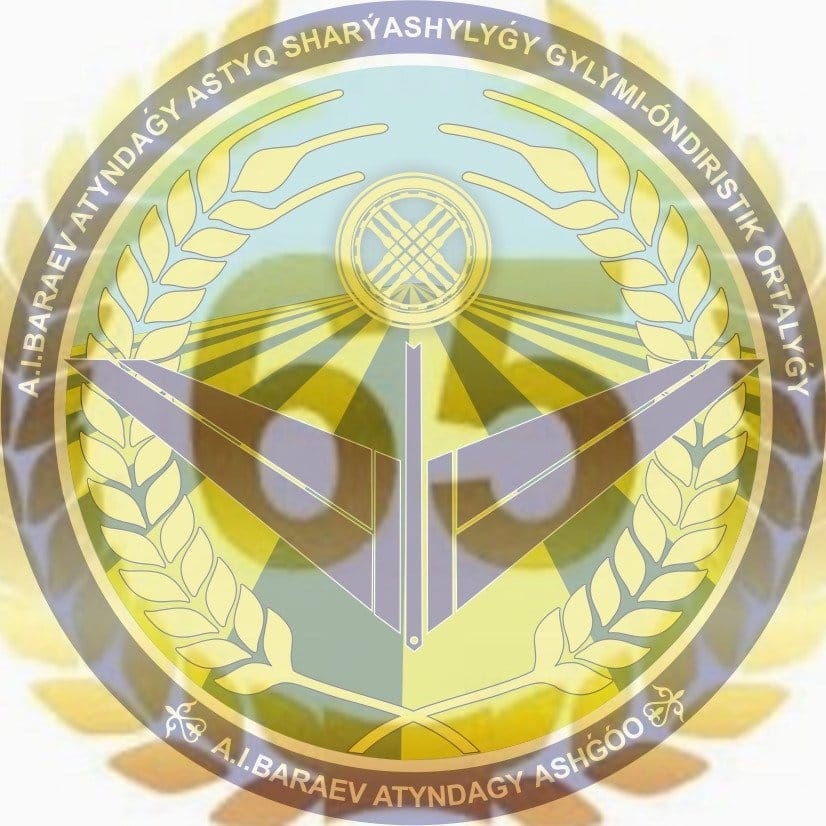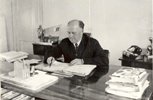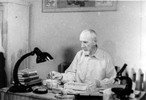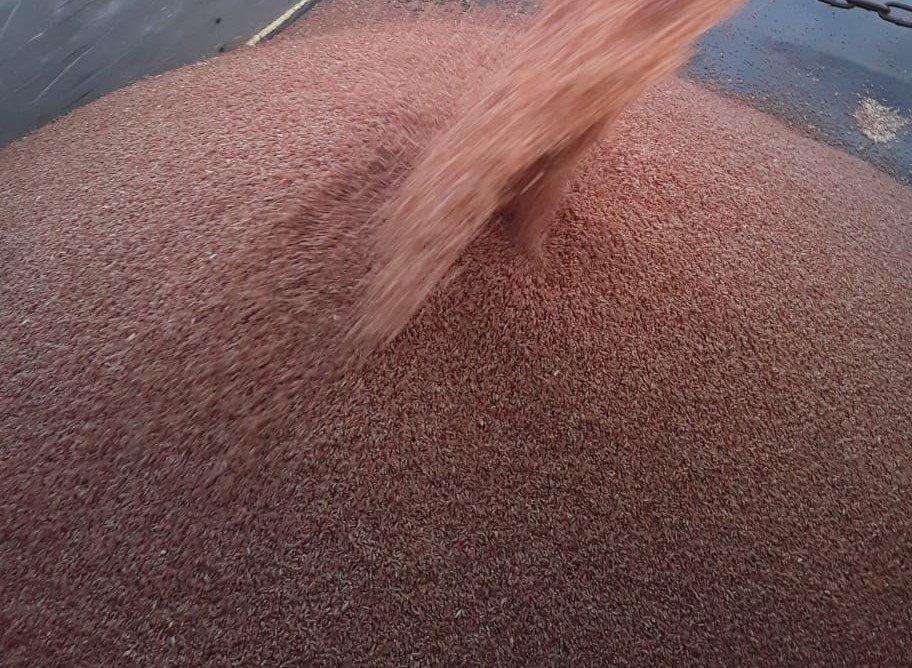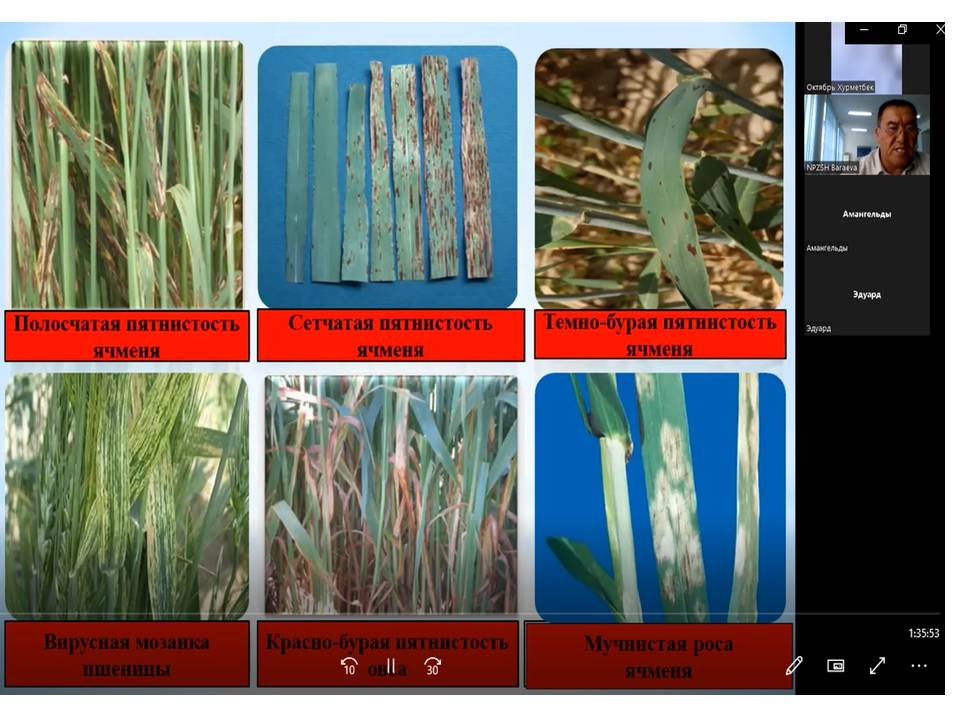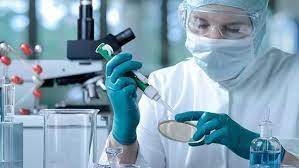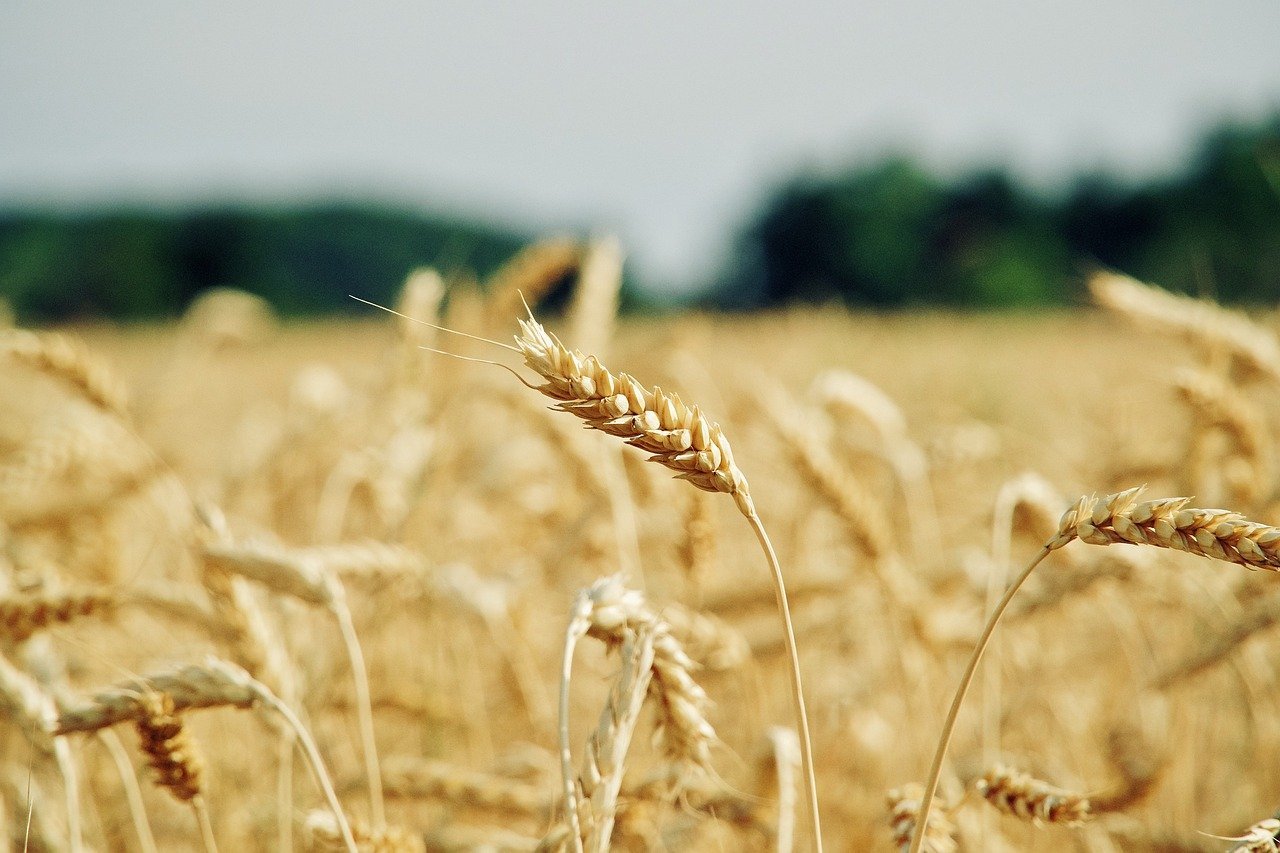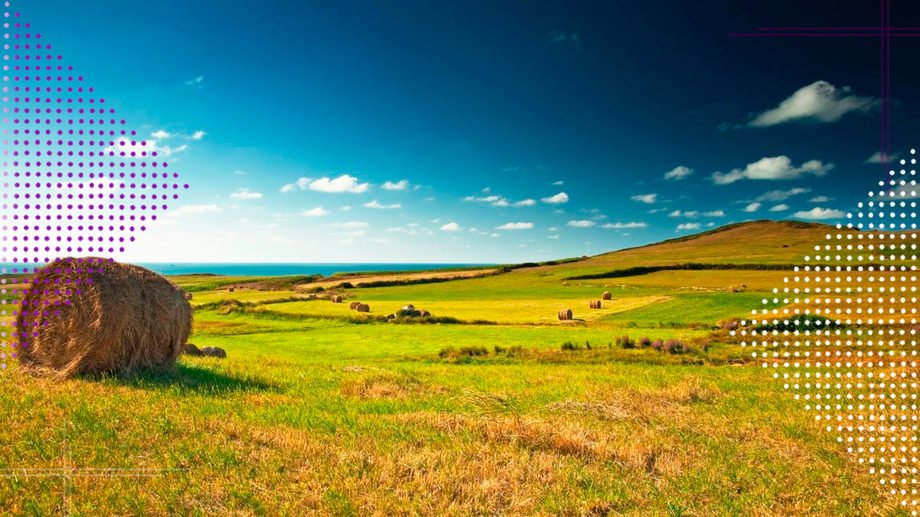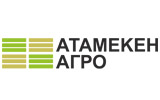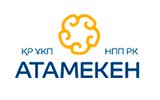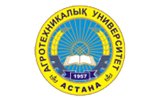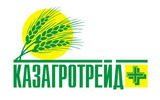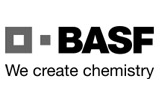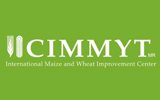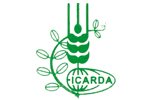Information for farmers: methods of grasshopper pests monitoring
News

Several species of non-greedy grasshoppers are common in Akmola region, of which the most harmful are the white-banded, Siberian, dark-winged, cross filly, Stenobothrus fischeri, and of the herd locusts-the Italian locust. They are dangerous pests of grain, industrial, vegetable crops and pastures. Outbreaks of mass reproduction of grasshoppers occur with a cycle of 11-12 years. A high number is noted in the places of their reservations on pastures and fallows.
In 2024, there is a natural peak in the spread of grasshoppers, so the issues of identifying and cultivating land against grasshoppers pests need to be Kept under special control.
The habitat of the pest is steppe, semi-desert and desert zones, where clusters with increased numbers form, which can reach several tens or even hundreds of individuals per square meter.
The most favorable conditions for an increase in the number of locusts occur after several dry years, in the northern regions when it is warm and dry in late April, May and early June. In these cases, mortality decreases at the egg and larval stages of younger ages. Conversely, a damp and cool spring with low air temperature contributes to a decrease in numbers.
The pest monitoring system includes the following records and observations.
• Summer surveys of adult grasshoppers; visual counting per m2 and counting of all individuals in the field of view.
• Autumn and spring inspection of the pods; every 100 m, 50 * 50 cm accounting sites are laid and the soil layer is cut to a depth of 5-8 cm, the detected pods are counted, 8 samples per 10 hectares.
• Spring-summer by larvae; areas where a high number of egg pods was found during the autumn examination are examined, carried out during the hatching of larvae, EPV 5-10 individuals per m2.
Based on the data obtained, agrotechnical, chemical and biological plant protection products are planned and implemented.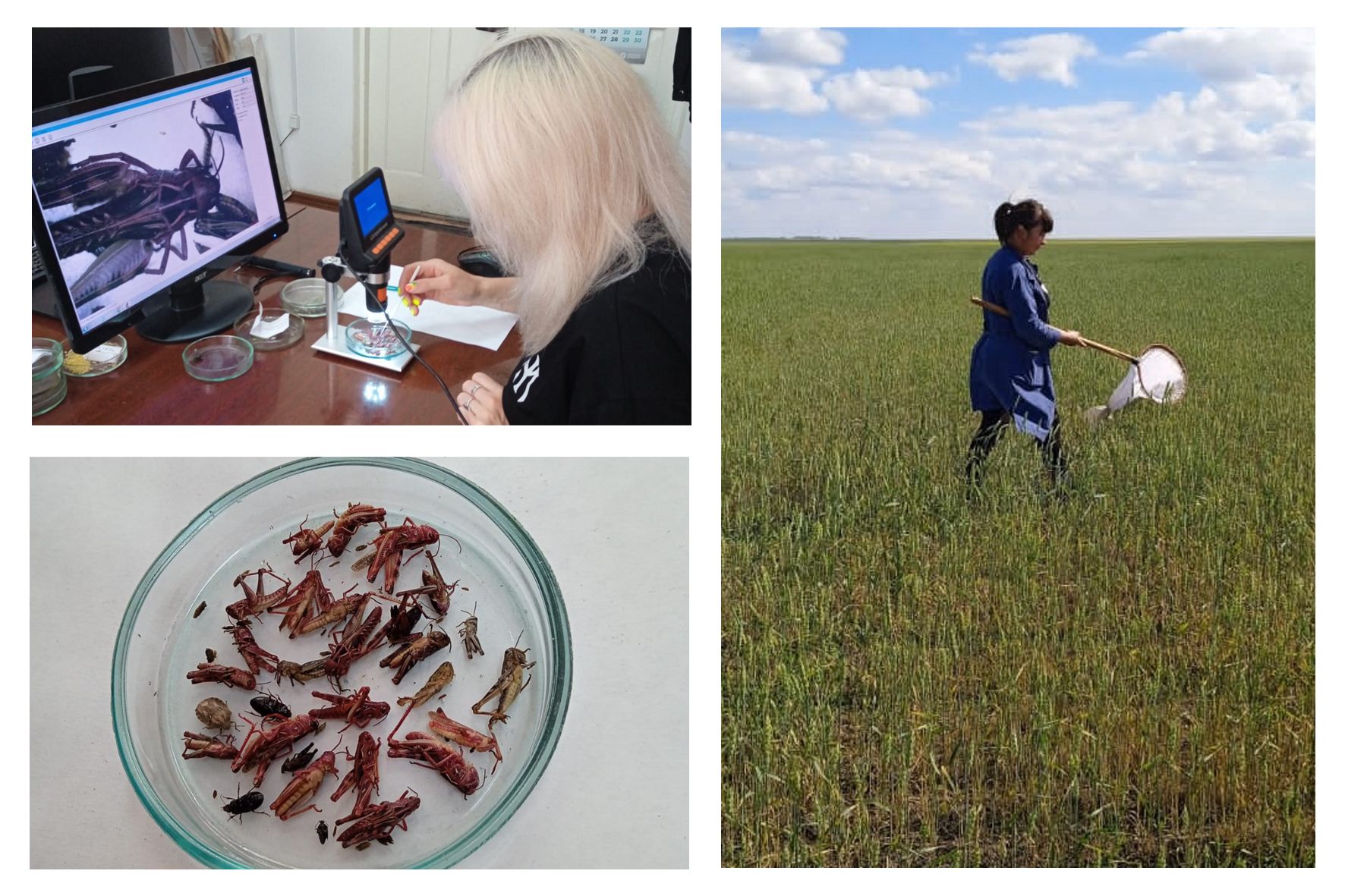
Currently, more and more areas are allocated to a no-tillage system (without tillage). As a result, stubble remains in the fields and the soil remains to a certain extent compacted. And the presence of compacted soil attracts locusts for laying pots, so locust reservations are not only virgin and fallow lands, but also the cultivated fields themselves. Larvae hatched in wheat fields feed on grain seedlings from the very beginning, and thus cause great harm to crops.
Grasshoppers have now turned into dangerous pests of grain crops, with which chemical extermination must be carried out annually in the spring. The most effective treatments for grasshoppers larvae are in the II-III age.Protective measures will need to be carried out when the pest population exceeds the economic threshold of harmfulness (10-15 copies per m2 – non-western species, 2-5 copies per m2 – Italian locust), guided by the “Rules for the use of pesticides permitted in the Republic of Kazakhstan”.
Davydova V.N., Nelis T.B. scientific staff of the Plant protection laboratory of the SPC GF named after A.I. Barayev



